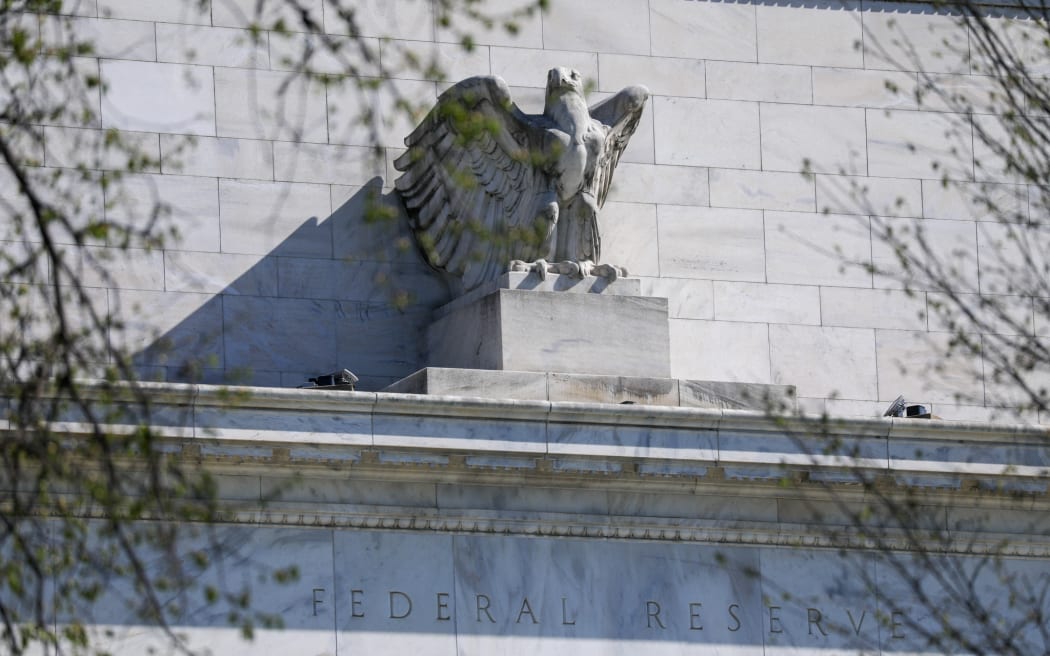The US central bank has announced its biggest interest rate increase in more than two decades as it toughens its fight against fast rising prices.
 The US Federal Reserve headquarters in Washington. Photo: AFP
The US Federal Reserve headquarters in Washington. Photo: AFPThe Federal Reserve said it was raising its benchmark interest rate by half a percentage point, following a smaller increase in March.
With US inflation at a four-decade high, further hikes are expected.
The push marks the latest effort to contain spiking costs being felt by households around the world.
India’s central bank on Wednesday announced a surprise increase to its benchmark rate, while Australia’s central bank recently enacted its first interest rate hike in more than a decade.
In the UK, Bank of England was also widely expected to raise rates on Thursday, which would be the fourth increase since December.
In April New Zealand’s Reserve Bank stepped up the battle against inflation with an increase of half of a percentage point in the Official Cash Rate (OCR) to 1.5 percent. This week the Australian Reserve Bank raised interest rates for the first time in more than 11 years, taking the cash rate target to 0.35 percent.
By raising rates, banks will make it more expensive for people, businesses and governments to borrow.
They expect that to cool demand for goods and services, helping to ease price inflation.
But their actions also risk triggering a sharp economic slowdown, especially as new challenges emerge, such as the war in Ukraine and recent Covid shutdowns in China.
“It’s a narrow path they have to walk,” said economist Donald Kohn, who previously served on the Fed’s rate-setting committee. “It’s going to be a very difficult task.”
Inflation in the US hit 8.5 percent in March, the sharpest annual rate since 1981, driven by accelerating costs for food and energy.
That is well above the bank’s 2 percent target and has become a growing political problem for US President Joe Biden.
Many economists say the Fed has been slow to respond to the problem, which has been fuelled by a mix of factors, including Covid-related supply shortages, a shock to energy markets from the war in Ukraine, and in the US, massive government spending – including direct cheques to households – to support the economy after the pandemic hit.

Leave A Comment